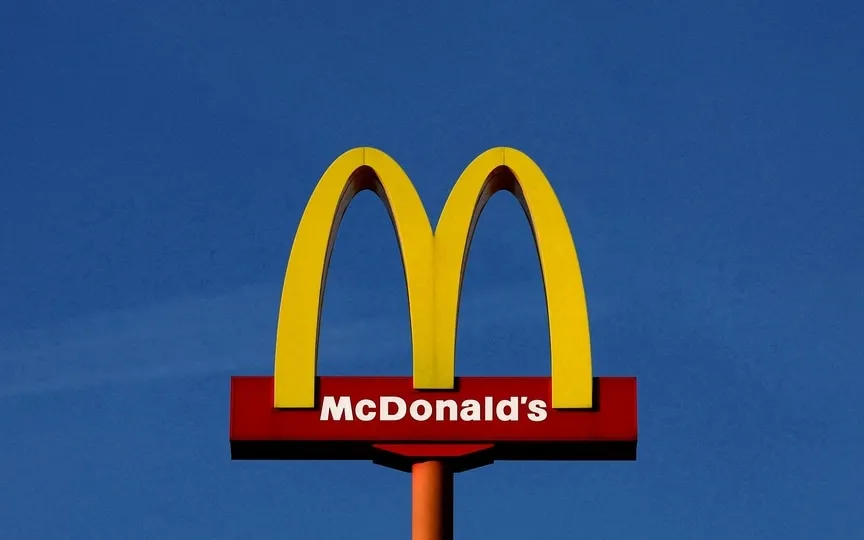McDonald’s experiences technical difficulties as Big Mac goes high-tech, facing several challenges.
In the 1940s, McDonald’s began its operations with employees stationed at physical counters, paper menus displaying burgers and fries, and customers making cash payments to human cashiers.
How peculiar.
The Big Mac, as it’s known, has embraced big technology in every possible way. Today, technology affects McDonald’s business so much that it would only be a slight exaggeration to call it a technology company that happens to sell hamburgers.
McDonald’s mobile app; its inhuman orders take stalls; its Digitized menus that change with trends, weather and more; and even its creative artificial intelligence—together, McDonald’s can bring billions of dollars in additional sales and efficiency to a company with 40,000 locations in about 100 countries.
Yet the same technology could also bring McDonald’s to its knees.
On Friday, McDonald’s locations including Japan, Australia and the UK were hit by system outages, forcing many stores to temporarily accept cash only or close entirely. McDonald’s has not disclosed how extensive the outages were, but as of Friday afternoon, 12 hours after the outages were first reported, the franchise in San Antonio, Texas, was not accepting orders on its app and was unable to accept cash.
McDonald’s said in a statement that the outage was caused by an unnamed third-party service provider during a “configuration change.” Reached for comment, McDonald’s referred to this statement. McDonald’s Japan apologized for the disruption on Saturday and said all its restaurants and its delivery service were operating as normal.
The hamburger giant indicated that something like this could happen, at least to Wall Street.
“We are increasingly dependent on technology systems,” the company’s lawyers wrote in its annual filing with the Securities and Exchange Commission on Feb. 22. “Any failure or interruption of these systems could significantly impact our operations or those of our franchisees or our customers’ experiences and perceptions.”
Even artificial intelligence gets a caveat in the filing, which states that “artificial intelligence tools we incorporate into certain aspects of our restaurant operations may not produce the desired efficiency and may impact our business results.”
However, Friday’s widespread shutdown is unlikely to derail McDonald’s from its long-term strategy of deepening its reliance on technology.
McDonald’s wants more customers to order through digital channels such as its apps and kiosks, which already accounted for a third of its sales in top markets in 2022.
In December, McDonald’s announced a partnership with Google to move restaurant computer systems to the cloud, where the global scale of the data will allow McDonald’s generative AI system to “better understand the widest range of patterns and nuances,” a result McDonald’s said at the time. would be “hotter, fresher food”. Generative artificial intelligence already controls a large part of restaurant operations and personal profiles made from internal profiles of customers.
It’s not just McDonald’s. Tech is the strategy of almost every large fast food chain.
In 2019, Starbucks unveiled its own internal AI platform called “Deep Brew,” which then-CEO Kevin Johnson said would further enhance its personalized offers, store staffing and inventory management.
“In the next 10 years, we want to be as good at AI as the tech giants,” Johnson told a retail conference in 2020, according to Retail Dive, a trade publication. In 2022, Starbucks hired a former McDonald’s executive to oversee its use of technology.
The risks of this new technology are not only due to system outages.
Wendy’s faced a public backlash after its CEO said in an earnings call in mid-February that the chain would soon use “dynamic pricing” on its digital signage — another technology that wouldn’t have been possible before the information age.
The chain later clarified that it did not plan to use digital signage to implement “surplus pricing” that could allow it to charge higher prices during busy times. Rather, Wendy’s said its CEO’s remarks pointed to its plan to offer discounts to customers during slow parts of the day.




